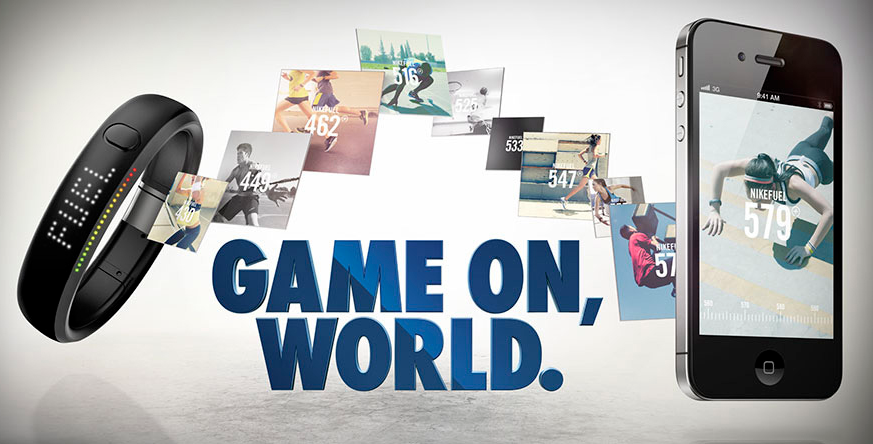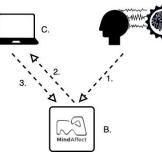أنت هنا
THE INNOVATION ENGINE PODCAST: BREAKTHROUGH INSIGHTS FROM ROWAN GIBSON – PART 7

This is a transcript and audio file from the popular podcast “The Innovation Engine”, hosted by Will Sherlin, featuring an interview with Rowan Gibson, author of “The Four Lenses of Innovation.”
“Welcome to Part 2 of the Innovation Engine podcast with Rowan Gibson, the internationally bestselling author of “The Four Lenses of Innovation” and co-founder of Innovation Excellence.com, the most popular innovation website in the world. I’m Will Sherwin. Welcome back, Rowan.” Thanks, Will.
Previously we discussed some examples that applied the innovation lenses concept. In this post we will talk more about some examples that applied the concept of seeing the future in the present.
Let’s talk about the concept of seeing the future in the present, which is something you mention in the book. Tell me what you mean by that…
Yes. This is the second lens of innovation – harnessing trends. It’s what innovators tend to do really well. You know, they somehow intuitively understand change. They pay close attention to it. They have a knack for spotting trends that could profoundly impact the future of an industry, or that they could use themselves to drive industry revolution. And these things of course are already out there. They are not really hidden from view. But you have to be looking. You have to be sensitive to these things. You have to make sure they are on your radar screen. So it’s really about looking intently at what’s happening right now in the present and imagining where these developments might lead in the future. And then doing something about them!
"Sometimes when a new development starts out, it’s pretty small. But innovators can look at a ripple on the ocean and recognize it as a potential tsunami in the future."
More importantly, they figure out how they can ride that wave by taking advantage of the trend at just the right time, usually when others haven’t even noticed it yet, or have chosen to ignore it. And when that tsunami hits an industry, the innovators are on top of it, so to speak. They are riding the wave rather than being buried by it.
Think about some of these industry tsunamis in the last couple of decades. The tsunami for Kodak, of course, was digital photography (ironically, a technology the company invented itself but failed to harness and monetize in ways that resonated with customers).
The tsunami for the music industry was digital distribution, in particular with Apple’s iTunes Music Store and the iPod. The tsunami for Nokia and BlackBerry was the touchscreen iPhone, with its instant consumer appeal and almost unlimited ways to add functionality through the App Store. (Of course, the tsunami for the iPhone today is Google Android, which is already running on 80 percent of the world’s smartphones).
The tsunami for Blockbuster was video streaming, with digital-only services like Amazon Instant, HBO, and Netflix replacing Main Street movie rental stores almost overnight. And now we have Uber that is wrecking the traditional taxi industry, and stuff like AirBnB in the hospitality industry, so it’s very much about figuring out what these waves are going to be. Steve Jobs actually said that on one occasion.
“You can see these waves way before they happen, and you just have to choose wisely which ones you’re going to surf.” – Steve Jobs"
So I like to ask companies a pointed question: “Which wave are you riding?” It could be a technology wave, or a lifestyle wave, or a demographic wave, or something else that has revolutionary potential. But what are the trends or discontinuities that are going to open up amazing new opportunities for creating new customer value and perhaps disrupting your industry?
One of the companies you talk about in the book as one that excels at seeing the future Is Nike. What have they figured out about how humans interact with technology in this era and what have they done to capitalize on it?
Nike realized years ago that great shoes, great apparel, and a powerful brand image are not enough to keep you at the top of the game, if you’ll pardon the pun. The looked out there and saw this huge wave called digital and social media, and knew they had to catch that wave or be buried by it. So in 2010 they created Nike Digital Sport, which launched the Nike+ ecosystem of digital products and experiences—so linking up with the iPod, and then coming up with the Nike+ SportWatch, the Fuelband, all the training apps, and the Nike+ online community etc. Now, of course, fitness wearables are all the rage, and the industry is gearing up for fivefold growth in the next three years. So Nike was right on the money. They didn’t get caught out like some of the other sports shoe and apparel brands.



































































موقع إبداع مصر غير مسؤول عن مضمون التعليقات